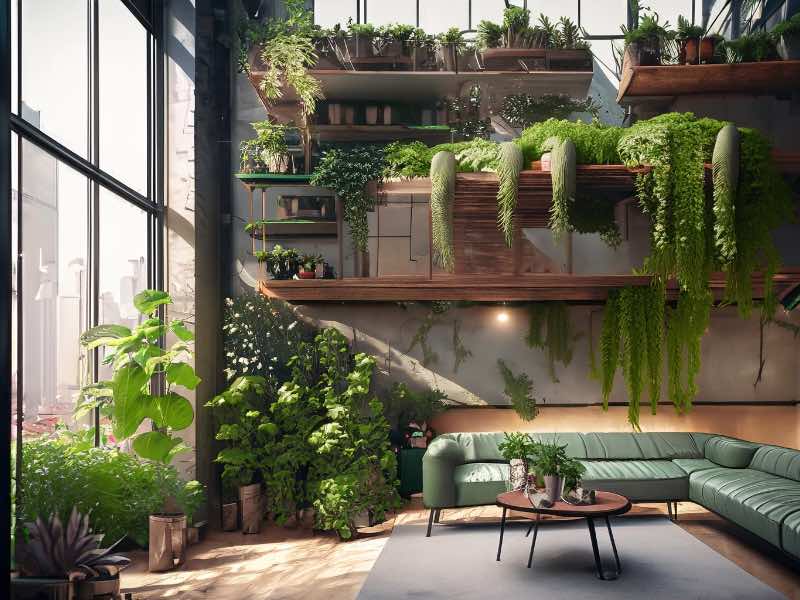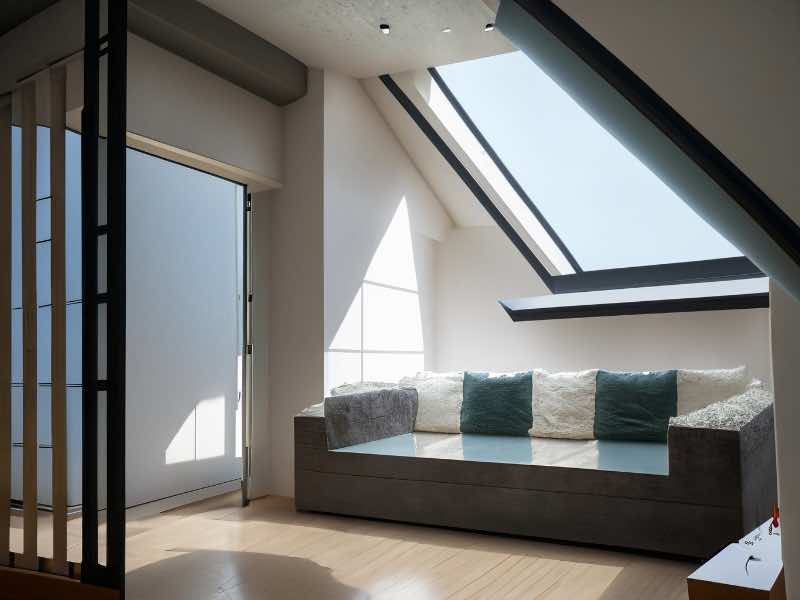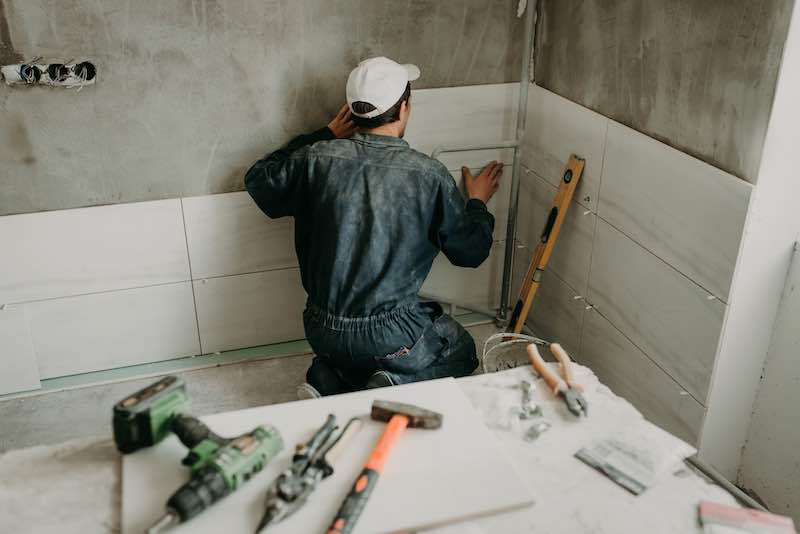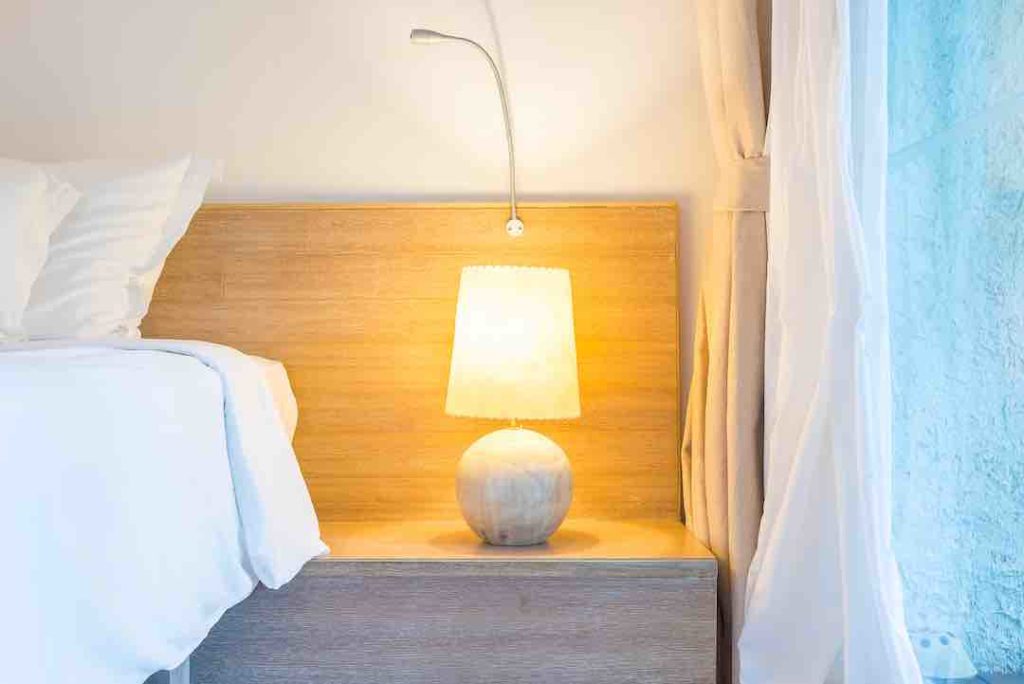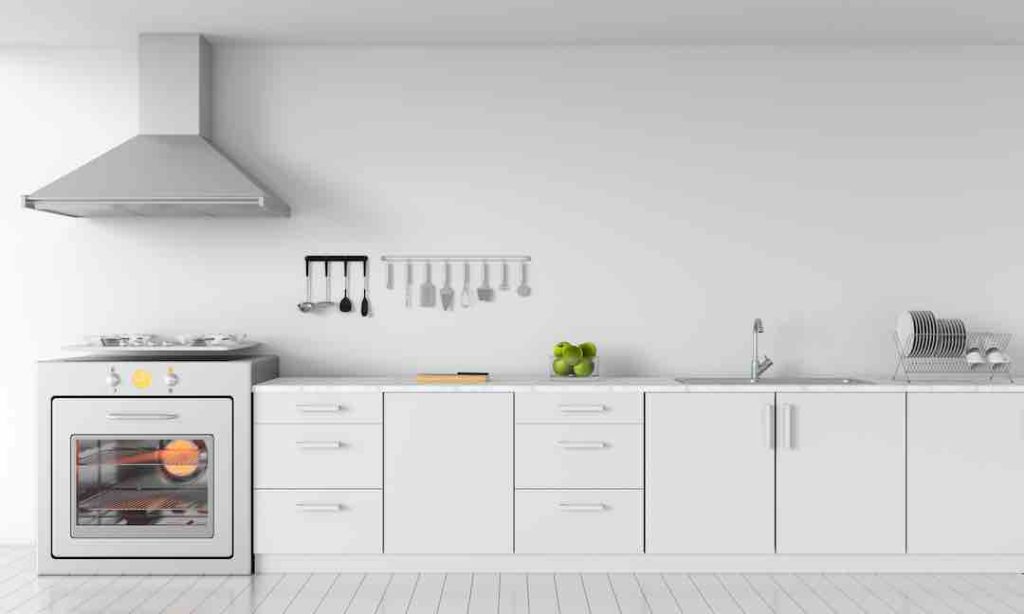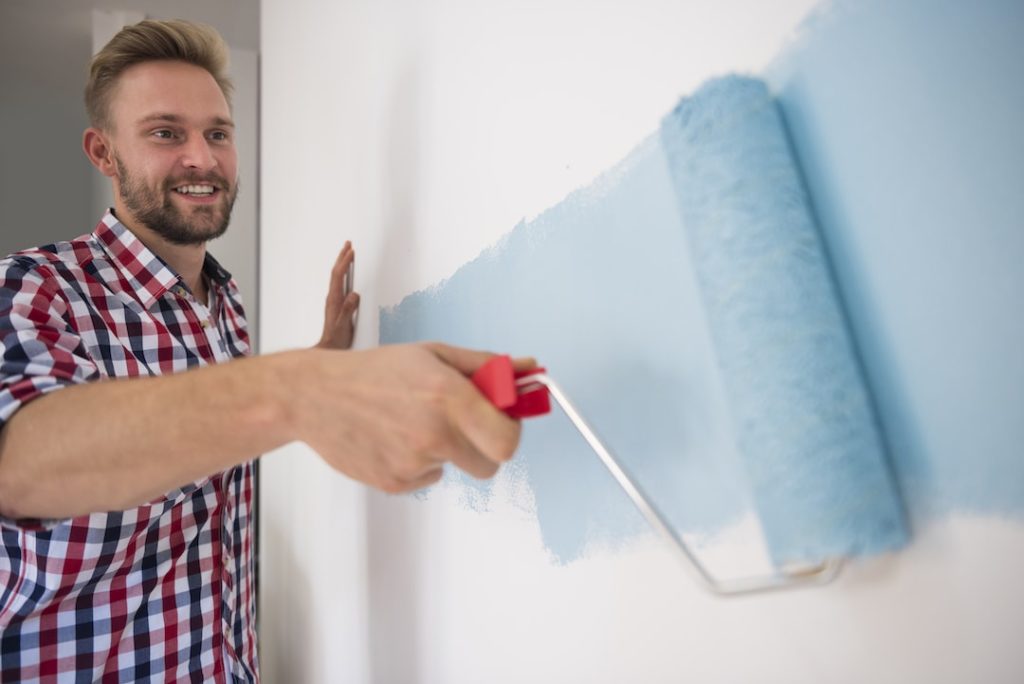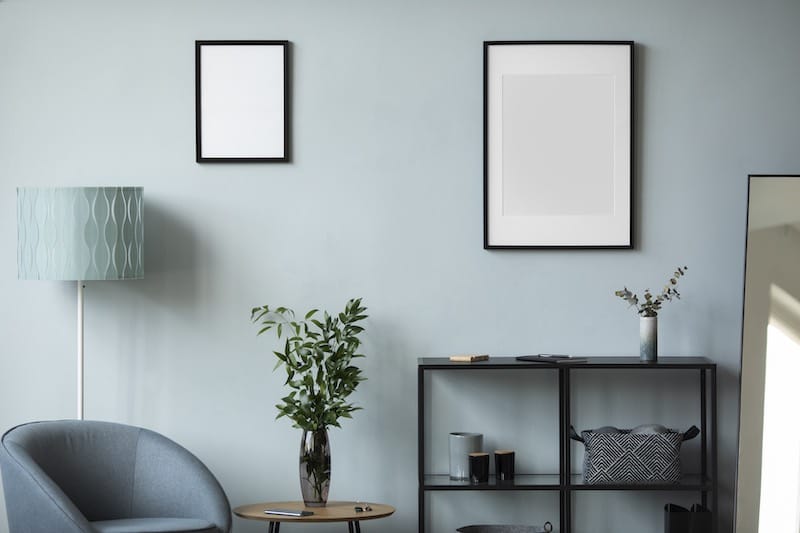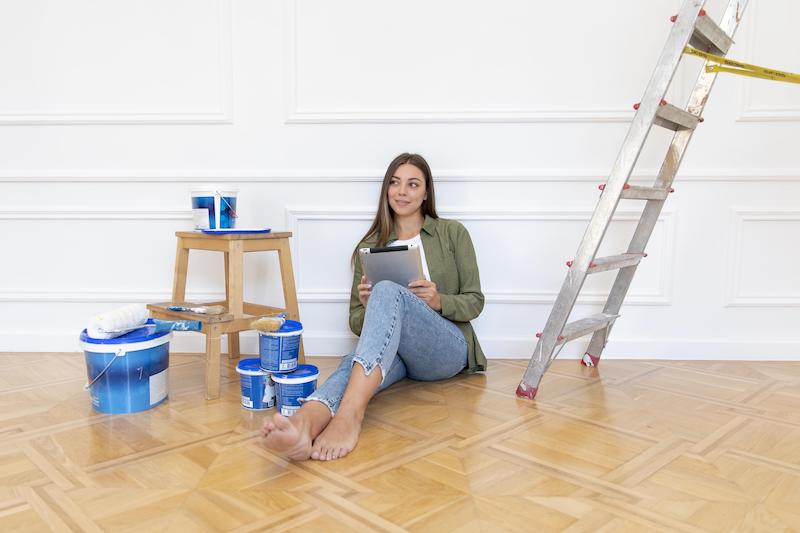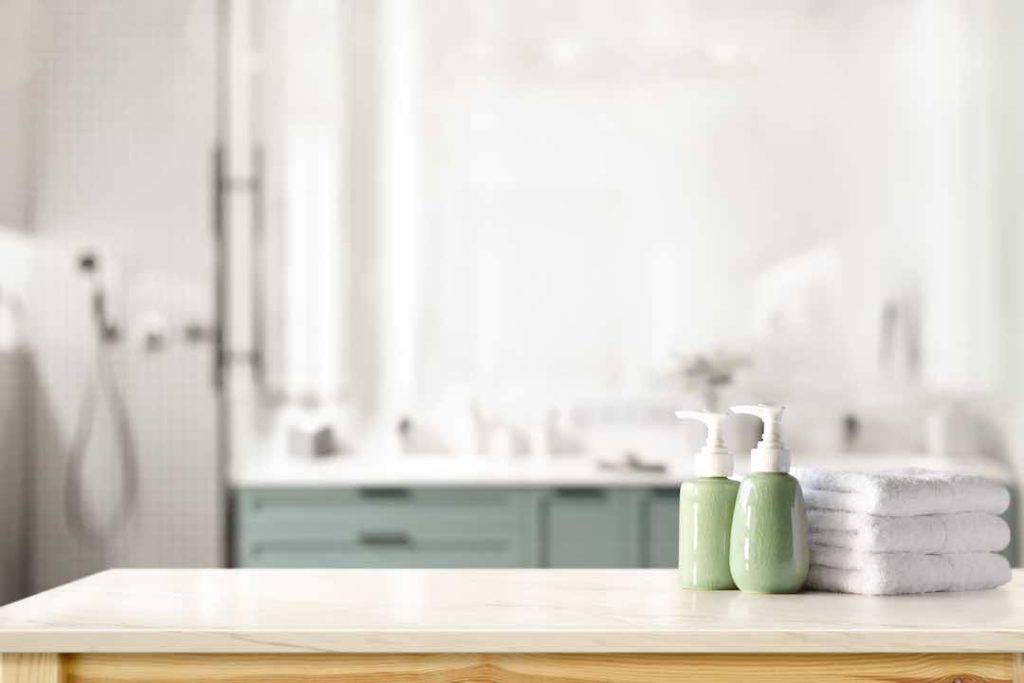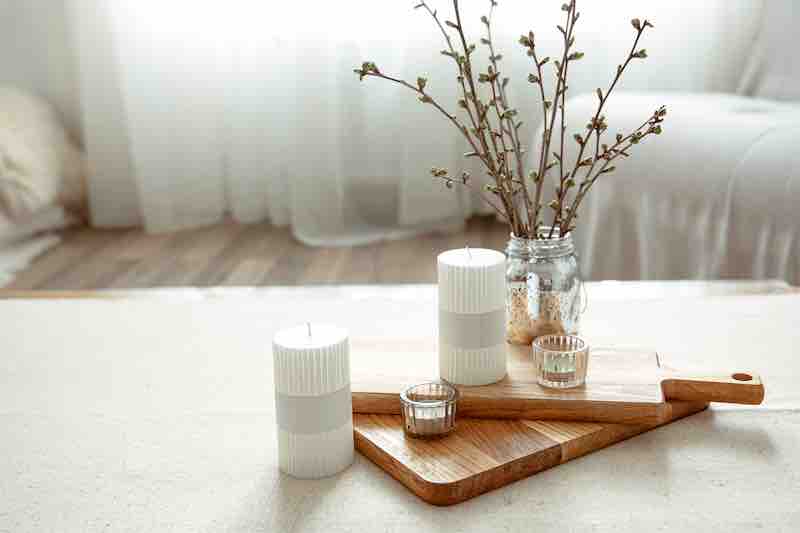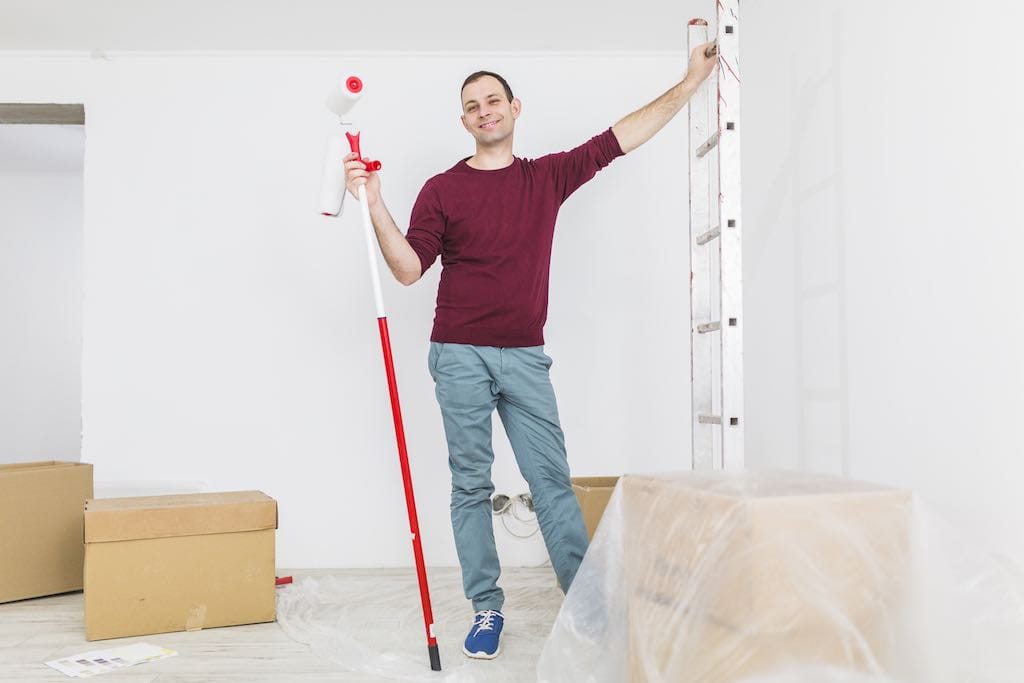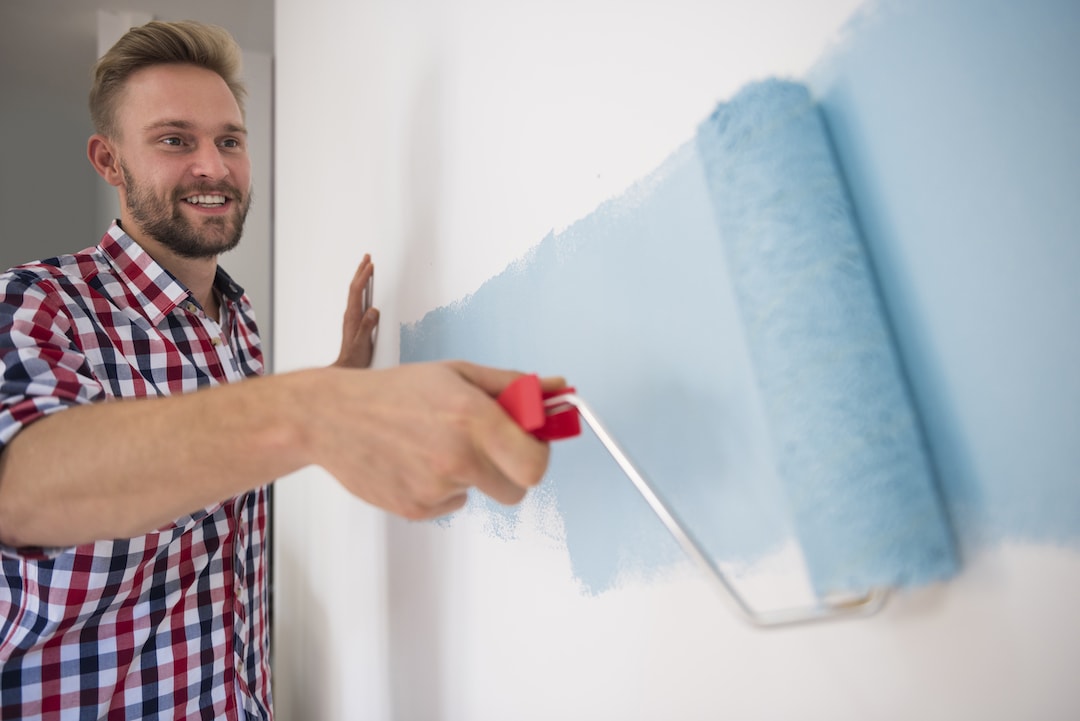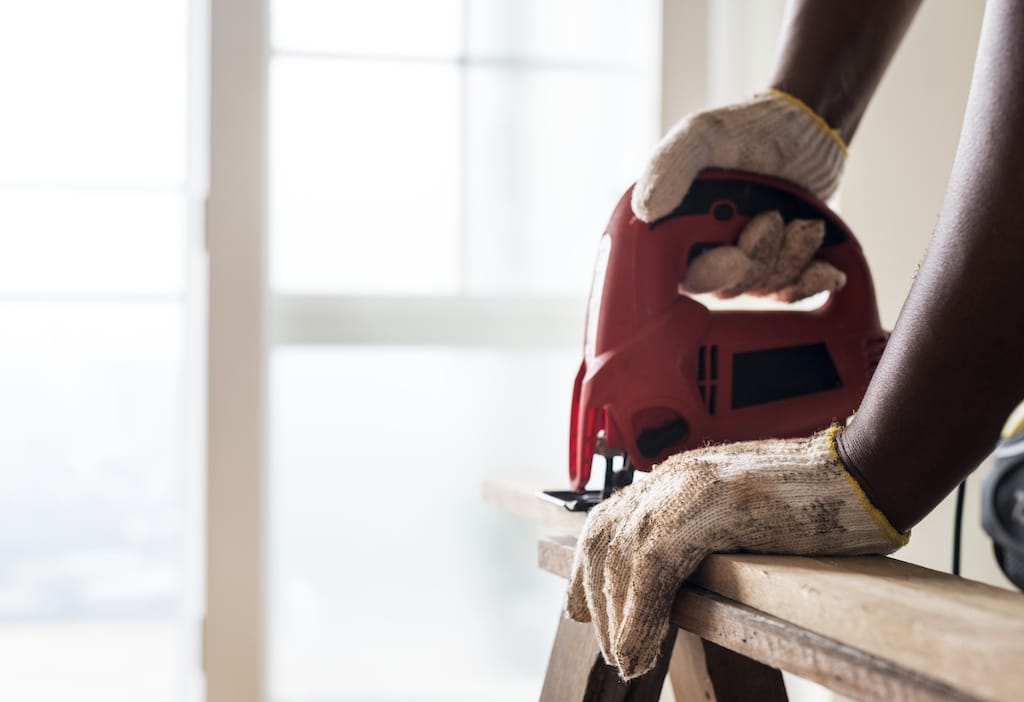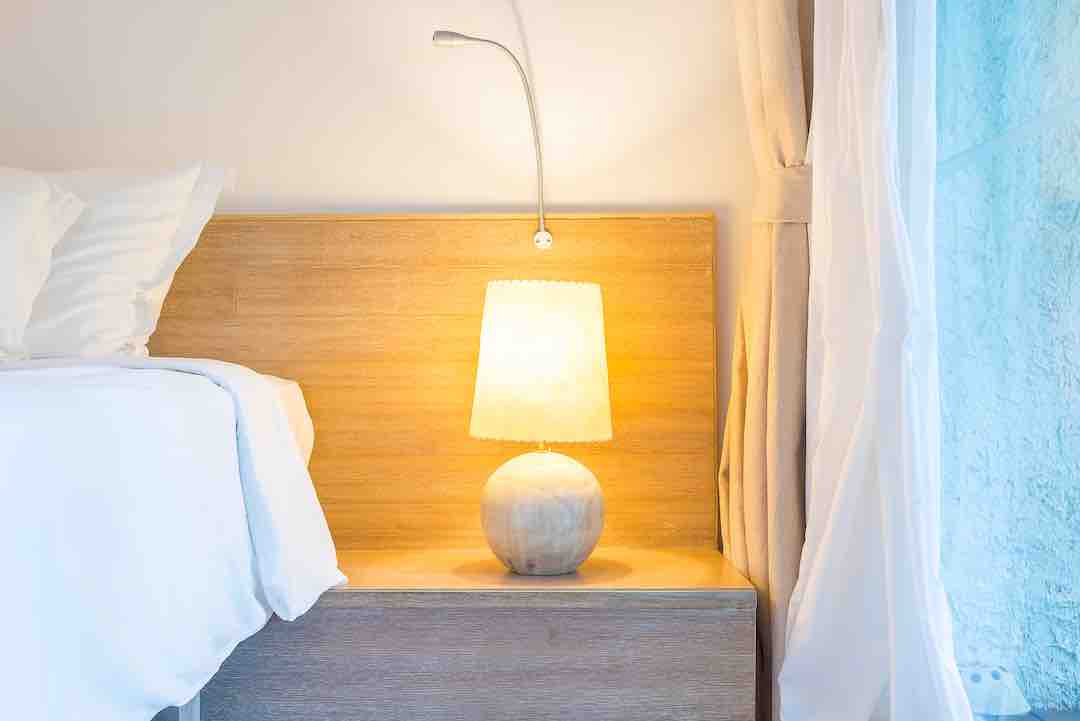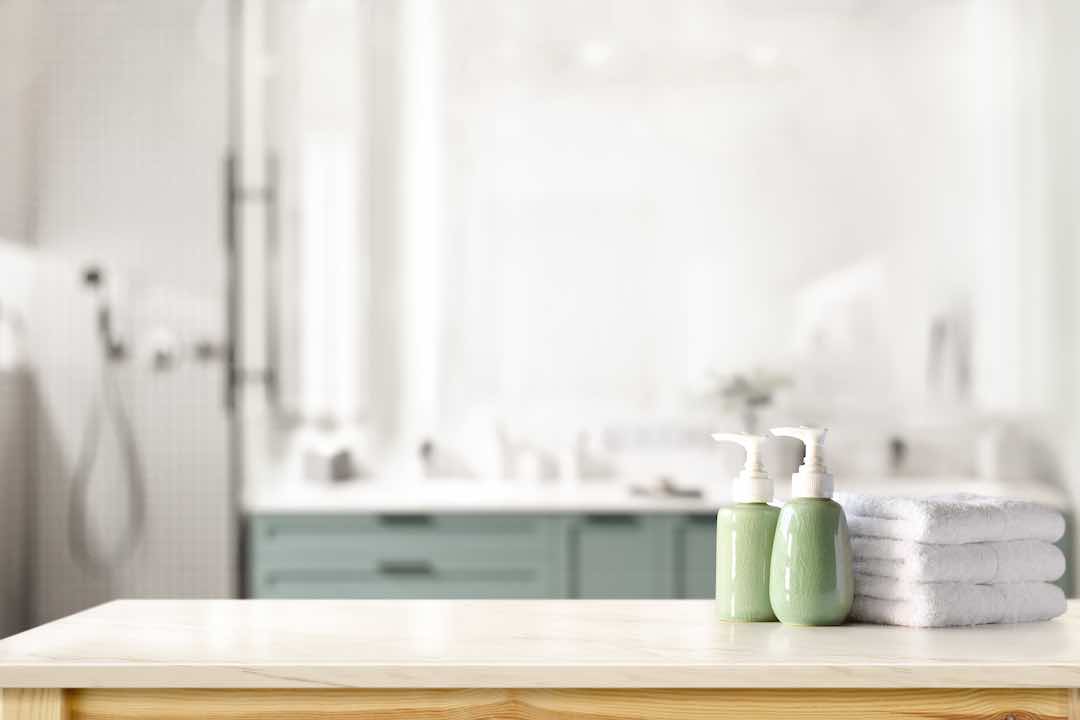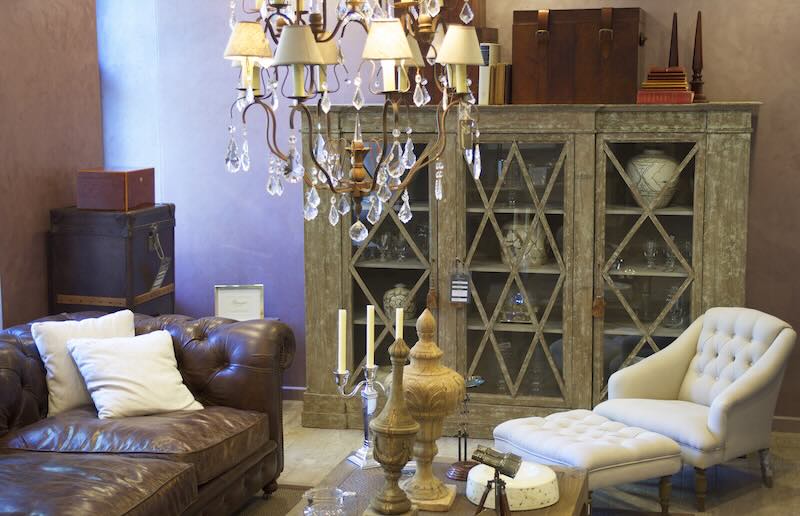
Home improvement is like a vast canvas, offering limitless possibilities with various hues and patterns.
In our quest to comprehend the ever-evolving trends, let’s pause for a moment and bask in the timeless allure of one particular style that has gracefully made its resurgence in contemporary homes – Vintage decor.
With its nostalgic touches, elegant craftsmanship, and enchanting details, Vintage decor adds a touch of nostalgia and character, creating an ambiance that transports you to a bygone era.
Its unique blend of history and charm captivates homeowners, making it a popular choice for those seeking to infuse their spaces with classic elegance and warmth.
So, whether you’re drawn to the rustic appeal of weathered wood or the delicate beauty of vintage textiles, embracing Vintage decor allows you to create a home that tells a story and reflects your style.
Let the allure of vintage decor inspire you as you embark on your home improvement journey, transforming your living spaces into havens of timeless beauty.
The Unfading Beauty of Vintage
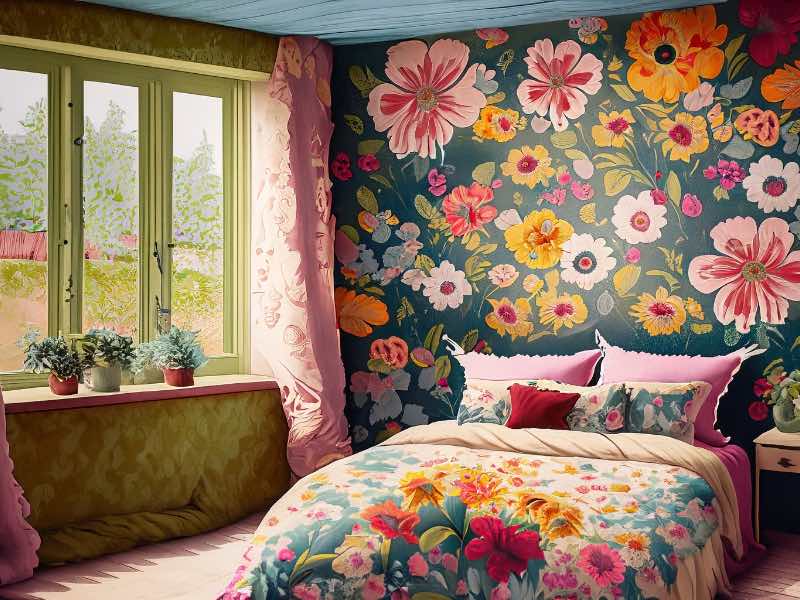
Vintage decor, often described as a treasure chest of history, possesses an innate ability to transform any space into a cozy haven. Each piece, from a timeworn wooden table to a delicately carved mirror, exudes a unique appeal that infuses warmth and character into your home.
In recent years, vintage decor has resurfaced as a prominent theme in interior design. Its versatility allows it to blend effortlessly with various styles, resulting in harmonious yet eclectic interiors. So, what makes vintage decor so captivating? Let’s explore further.
The Captivating Charm of Vintage
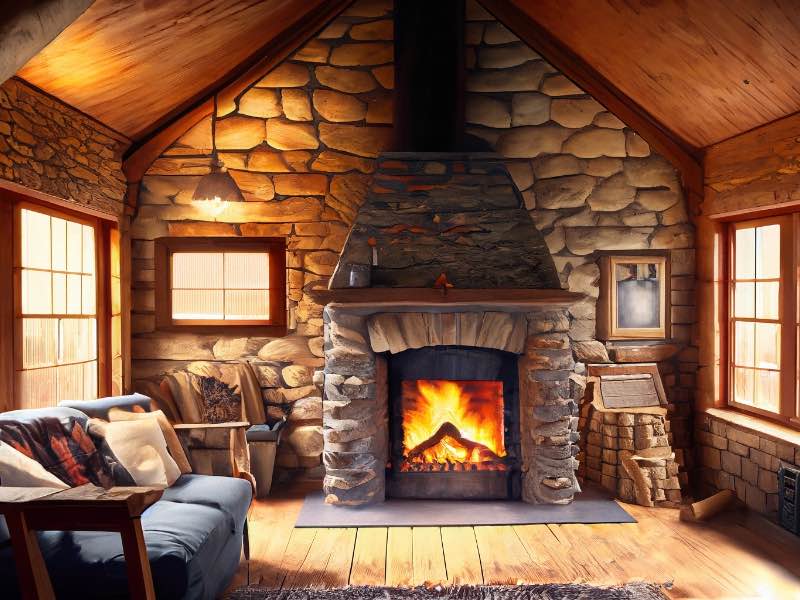
Regarding vintage decor, the charm lies in its ability to evoke nostalgia and a sense of familiarity. Vintage pieces that have stood the test of time offer an endearing story of endurance and characterful beauty that is rarely found in modern designs.
Moreover, these timelessly beautiful pieces add a breathtaking aura to any space, allowing you to create a unique interior with warmth and personality.
Introducing vintage pieces into your home allows you to embark on an exciting home improvement journey, transforming your living spaces into havens of timeless beauty.
Whether looking for classic furniture or rustic accents like antique clocks and mirrors, vintage decor creates stunning interiors that never go out of style. Embrace its captivating charm today!
Understanding Vintage
The term ‘vintage’ often finds itself in the company of ‘rustic,’ ‘antique,’ or ‘retro.’ While these terms might appear synonymous, they each have distinct characteristics.
As a style, vintage usually refers to pieces from the 1940s to the 1980s. These items carry an ‘old-world’ charm that adds depth and personality to a room.
One aspect that sets vintage apart is its ability to stir nostalgia. It takes us back to simpler times, offering a comforting familiarity.
The signs of age and imperfections on vintage items contribute to their uniqueness, making them truly special.
Incorporating Vintage in Your Home
Adding vintage decor to your home doesn’t necessarily mean replacing all your contemporary furniture with antique pieces. It’s about creating harmony between old and new.
- Small Beginnings: Include vintage elements like an antique lamp or a vintage rug. These items can serve as the center of attention, adding visual appeal to your space.
- Furniture Choices: Consider using vintage furniture with distressed finishes for a rustic look. If you prefer a subtler approach, vintage-inspired fabrics and wallpapers can add a charming touch without overwhelming the space.
- Accents and Accessories: Incorporate vintage accents such as lamps, chandeliers, mirrors, frames, and trays. These items can easily be moved around to give your home a fresh look anytime.
- Color Palette: A great way to introduce vintage style into your home is by incorporating colors from the past. Choose muted hues like sage green or soft coral for an elegant effect.
- Storage Solutions: Vintage storage solutions are functional and stylish at the same time. Try adding old-style filing cabinets or trunks.
Choosing vintage makes your decor sustainable and adds an element of uniqueness to your home. Each vintage item carries its history, making your living space truly unique.
The Eco-friendly Side of Vintage: An Expanded View
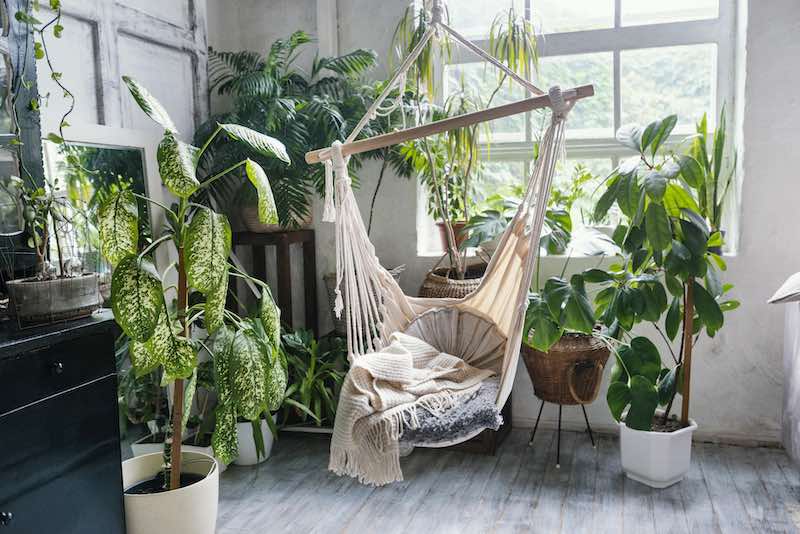
The rising popularity of vintage decor is not just about aesthetics or nostalgia. It’s a conscious choice for many seeking a more sustainable lifestyle.
By their very nature, vintage items are reused and recycled, making them an eco-friendly option that helps reduce waste and conserve resources. Let’s explore this aspect further with some examples:
- Repurposing Vintage Furniture: One way to incorporate vintage into your home decor is by repurposing vintage furniture. Old wooden crates can be turned into stylish coffee tables, while antique ladders can serve as unique bookshelves. This approach not only lends a unique charm to your interiors but also reduces the need for new furniture, thus saving trees.
- Reusing Vintage Textiles: Vintage textiles like old curtains, bedspreads, or tablecloths can be transformed into beautiful throw pillows, upholstery, or wall hangings. This adds a touch of vintage charm to your space and promotes the idea of reusing and recycling.
- Restoring Old Appliances: Instead of buying new appliances, consider restoring old ones. An old-fashioned refrigerator or stove can become a focal point in your kitchen, adding a dash of vintage charm while reducing electronic waste.
- Collecting Vintage Art: Consider vintage paintings or prints instead of purchasing new art pieces. They add a unique aesthetic to your walls and support the idea of art preservation.
- Decorating with Vintage Accessories: Vintage accessories like old cameras, typewriters, or vinyl records can be used as decorative items. They add character to your space and are great conversation starters.
Choosing vintage decor has multiple benefits. It allows you to create a unique and stylish home while promoting sustainability. Each vintage piece carries its story and history, adding depth and character to your living space.
The Enduring Appeal of Vintage

Vintage decor brings together comfort, charm, and sustainability, making it an appealing choice for homeowners. It allows you to create a space that reflects your style while telling a story.
So, if you’re planning a home makeover or wish to add a hint of nostalgia to your decor, consider vintage – it’s not just a passing trend but a lifestyle.
In essence, vintage decor offers a glimpse into the captivating world of the past. Remember, your home is an extension of yourself. Let it narrate your story in the most authentic way possible. With vintage decor, you can create an indeed ‘you’ space – timeless, unique, and character-filled.
…
